Exploring the Nature of Scientific Truth: An Inquiry into Reality
Written on
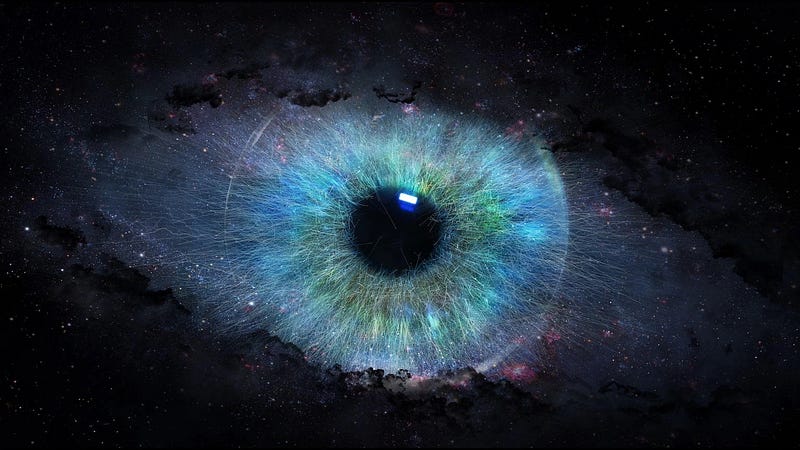
Can science ever uncover the ultimate truth regarding reality?
Is science an absolute pursuit? The truths and findings that arise from scientific exploration guide us toward understanding the essence of reality, but we must remain receptive to revisions.
In many respects, the human quest for knowledge through science epitomizes the search for truth. By posing inquiries to the natural world and the cosmos, we aim to comprehend the Universe's nature, the governing principles, and the origins of our current existence. Science encompasses the extensive knowledge we acquire from observation, measurement, and experimentation, along with the methodologies we employ in these investigations.
While it may seem straightforward how we gather knowledge from these efforts, the question arises: how do scientists define scientific truth? Furthermore, how closely do these scientific truths align with our concept of “absolute truth”? What criteria do we rely on to classify something as true or false within a scientific framework?
In scientific discourse, the term “truth” carries a significantly different connotation compared to its everyday usage. Understanding the scientific interpretation of truth, along with its implications and limitations for our perception of reality, is essential.
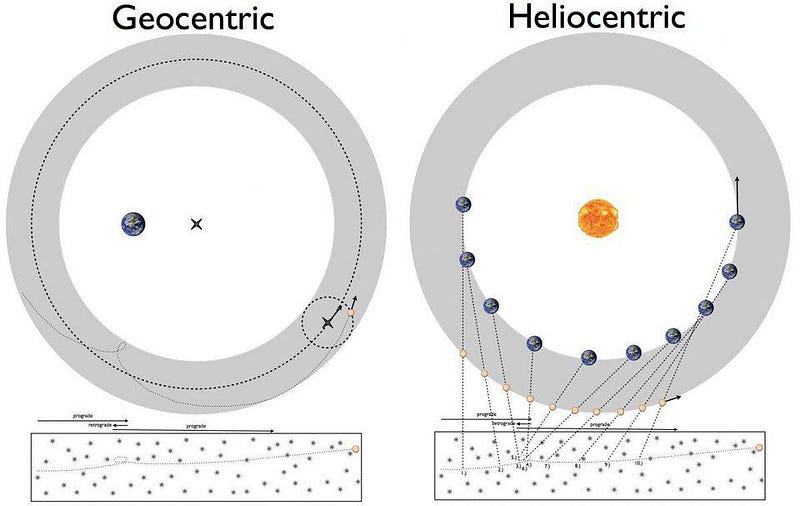
Consider this assertion: "the Earth is round." For most, especially non-scientists and those who reject the flat Earth concept, this statement seems indisputable and is often regarded as scientifically accurate. Indeed, declaring the Earth round constitutes a valid scientific conclusion, particularly when contrasting it with a flat Earth.
However, there are nuances to consider. If one were to measure the Earth's diameter along the equator, the result would be approximately 7,926 miles (12,756 km). Conversely, measuring from pole to pole yields a slightly lesser figure: about 7,900 miles (12,712 km). The Earth doesn't conform to a perfect sphere; rather, it approximates a spherical form that bulges at the equator and flattens at the poles.
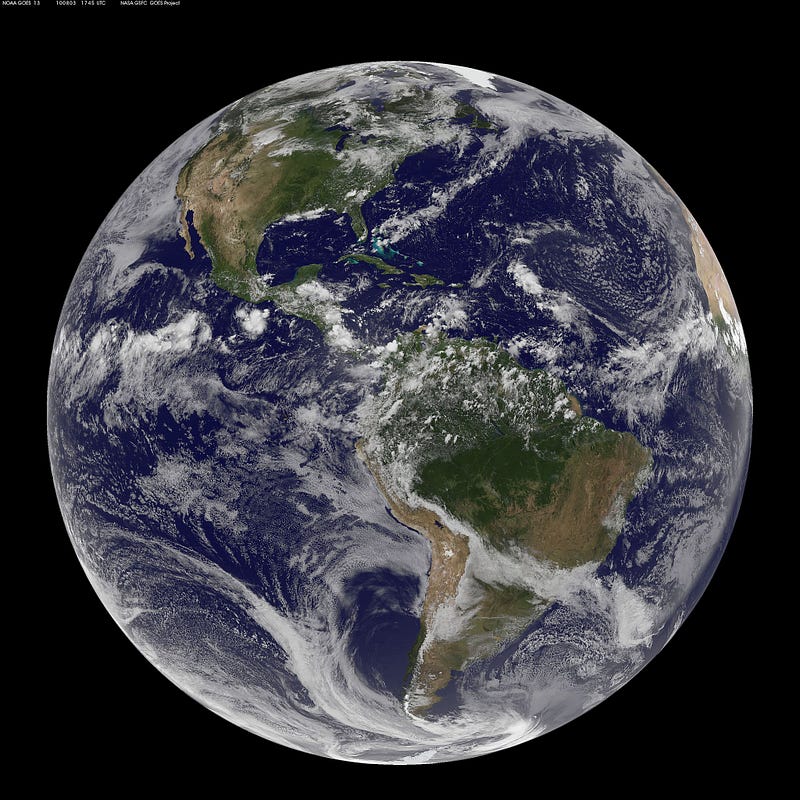
To a scientist, this scenario exemplifies the subtleties associated with the concept of scientific truth. While it is more accurate to assert that the Earth is a sphere than to describe it as a disc, it is not an absolute truth; it is more precise to classify it as an oblate spheroid. Yet even this classification doesn't represent absolute truth.
Earth's surface features present significant deviations from a smooth geometric shape, whether spherical or oblate spheroidal. The planet boasts mountains, rivers, valleys, plateaus, deep oceans, and trenches. Notably, some areas rise over 29,000 feet (approximately 9,000 meters) above sea level, while others dip down to 36,000 feet (11,000 meters) beneath the ocean's surface.

This example underscores several key principles in scientific reasoning that diverge from everyday thought:
- Absolute truths do not exist in science; only approximate truths prevail.
- The veracity of a statement, theory, or framework hinges on quantitative factors and the precision of results.
- Every scientific theory has a defined range of applicability; within that range, it appears true, while outside it, it loses its validity.
This distinction contrasts sharply with typical perceptions of fact versus fiction, truth versus falsehood, or right versus wrong.

For instance, when dropping a ball on Earth, one might ask how it will behave. The quantitative scientific answer indicates it accelerates downward at 9.8 m/s² (32 ft/s²), which is a broadly accurate assertion.
However, delving deeper reveals variations based on location: at sea level, this value fluctuates, ranging from 9.79 m/s² at the equator to 9.83 m/s² at the poles. As altitude increases, the acceleration gradually diminishes. Leaving Earth's gravitational influence uncovers a broader principle: the law of universal gravitation.

Newton's law of universal gravitation remains remarkably effective at explaining many phenomena, including the motion of celestial bodies and trajectories of space missions. Yet, its applicability has limits; it falters when approaching light speed, near massive objects, or on cosmic scales, necessitating a transition to Einstein's General Relativity.
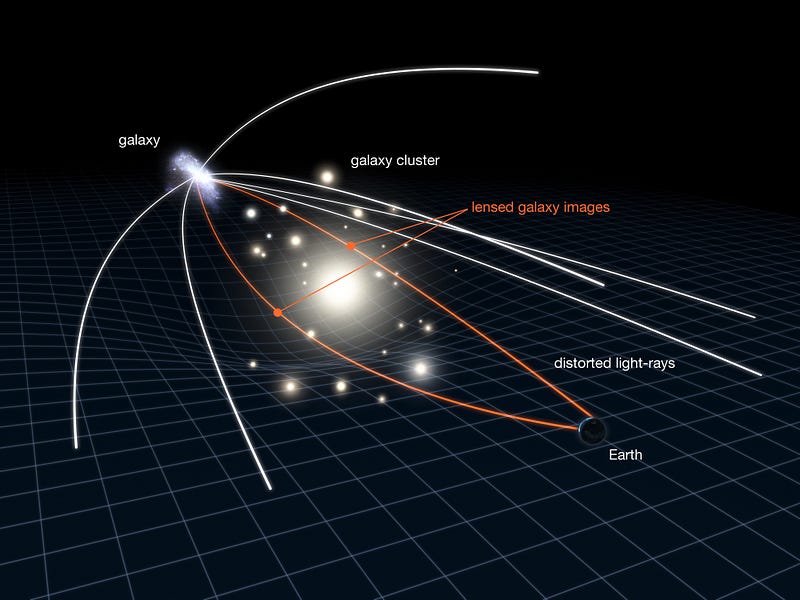
Einstein's theory excels in scenarios where Newton's predictions falter, successfully addressing phenomena like gravitational lensing and the behavior of light around massive objects. Nevertheless, even General Relativity has boundaries, especially in extreme conditions where quantum mechanics may dominate.
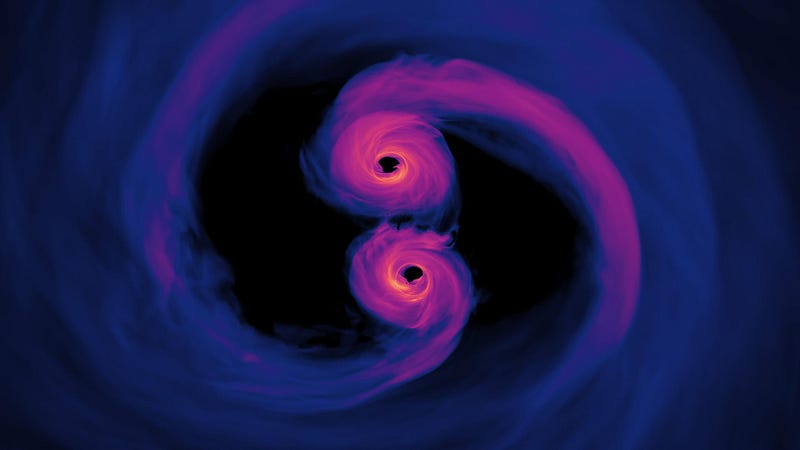
Despite its successes, General Relativity does not provide satisfactory answers to certain questions about reality, particularly those intertwining gravity with quantum mechanics. Examples include the behavior of particles in unique gravitational fields or the nature of information in black holes.
In essence, while scientific laws like Newton's and Einstein's provide valuable insights, they are not definitive truths. Each theory offers a model that approximates reality within a specific context, yet all are subject to refinement and replacement as our understanding evolves.
Science fundamentally involves an ongoing journey toward approximating the truth of the Universe. Our scientific truths remain provisional, awaiting further scrutiny and improvement.
Ultimately, the pursuit of knowledge is ongoing. New theories may emerge that fulfill the criteria of success, surpassing previous models, and enhancing our understanding of the cosmos.
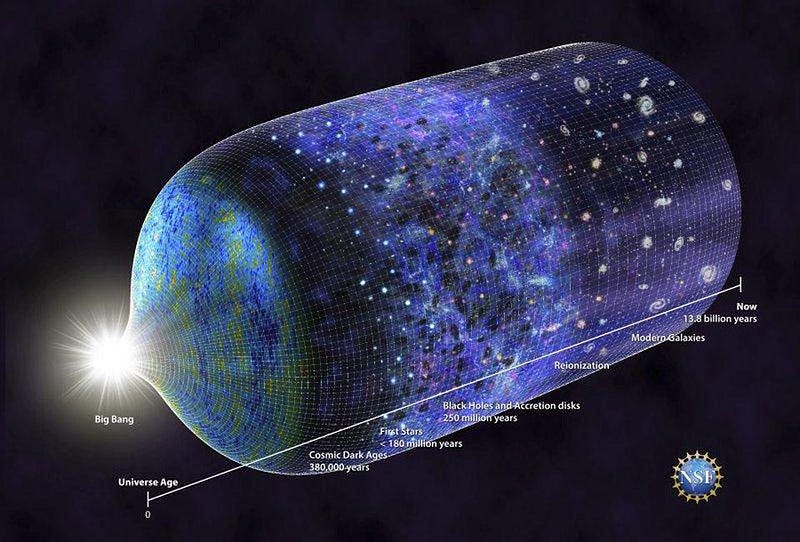
All scientific assertions, from the Standard Model to theories of cosmic inflation, are provisional and carry inherent limitations. They depict the Universe with remarkable precision, yet they remain approximations of a reality that is complex and ever-evolving.
No experiment can unequivocally confirm the truth of a scientific theory; rather, we demonstrate its validity within specific contexts. The failure of a theory often signals the opportunity to discover a more accurate representation of reality. Embracing our shortcomings can lead to profound advancements in our understanding.
Starts With A Bang is penned by Ethan Siegel, Ph.D., author of Beyond The Galaxy and Treknology. Pre-order his Encyclopaedia Cosmologica here!